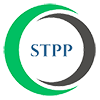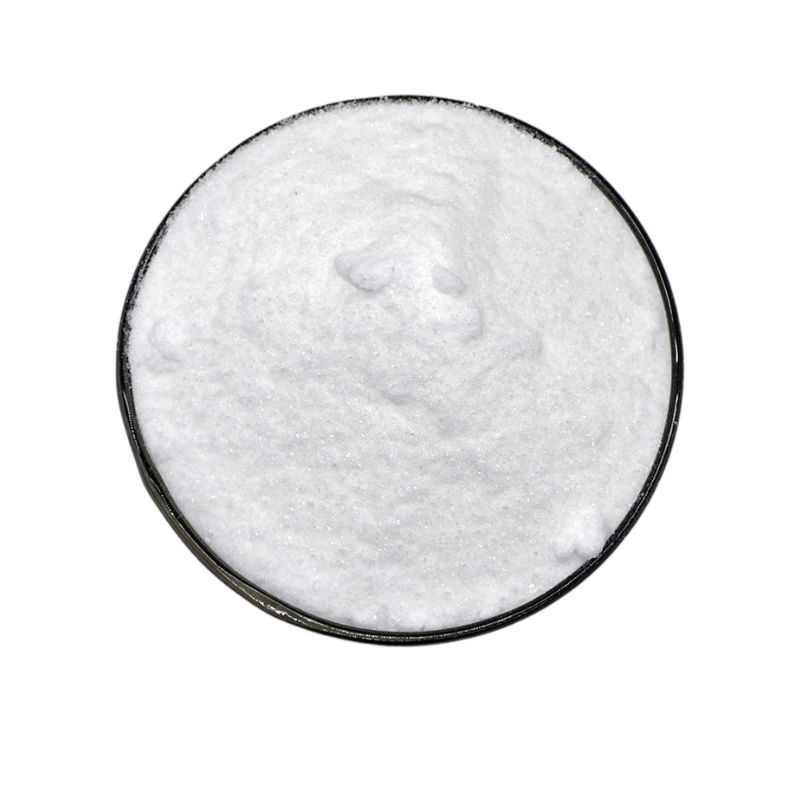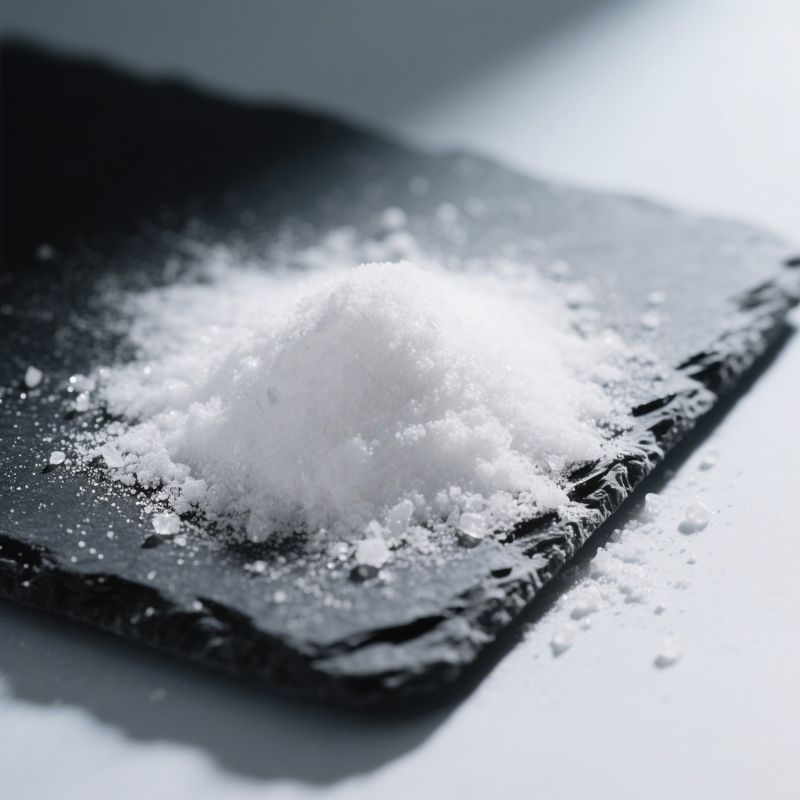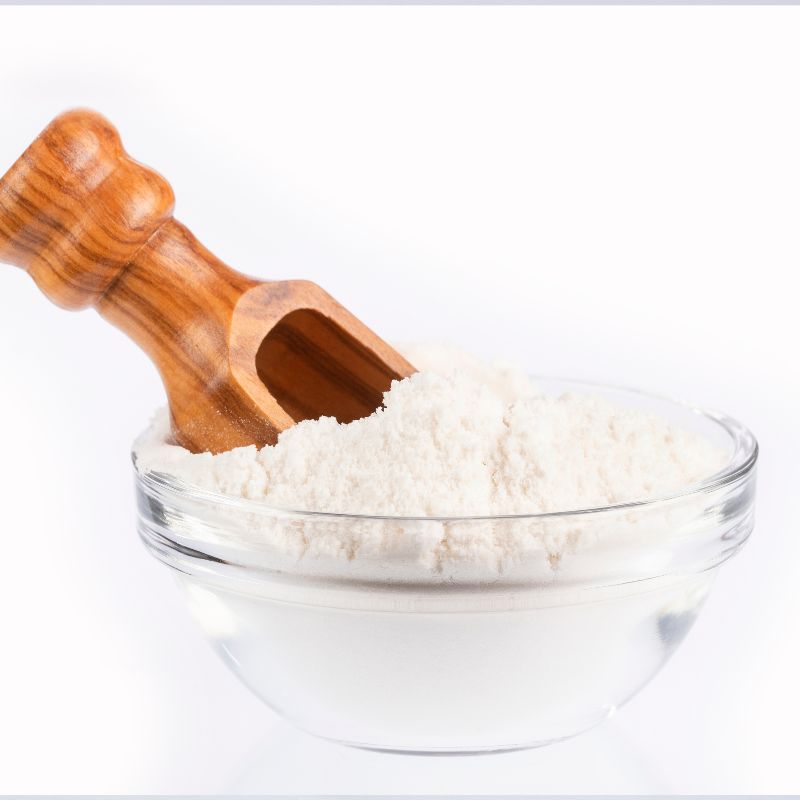
Sodium Tripolyphosphate for Detergents
Sodium tripolyphosphate for detergents | Molecular destroyer of multi-phase dirt
When P&G labs discovered that STPP could increase the detergency of hard water laundry detergent by 47% (ASTM D4265 standard test) while reducing the amount of surfactant by 23%, this seemingly ordinary white powder became the “invisible engine” of global detergent formulations. Our detergent-grade STPP is certified by the AISE Charter for Sustainable Cleaning, redefining the balance between cleaning efficiency and environmental protection with nano-chelating technology.
Charge Revolution in Washing Chemistry
Na₅P₃O₁₀ reconstructs cleaning efficiency through a triple dirt disintegration mechanism:
Metal ion blocking: It chelates 280mg Ca²⁺ per gram of STPP (EDTA titration method) and softens water hardness.
Micellar stability: forms stable micelles with a zeta potential of -35mV with LAS, reducing the CMC value by 22%
Stain suspension: prevents dirt from re-deposition through steric hindrance effect (cotton cloth whiteness retention rate ≥92%)
| Performance Indicator | STPP-Free Formula | STPP-Optimized Formula | Improvement |
|---|---|---|---|
| Detergency (Carbon Black) | 0.78 Reflectivity | 1.23 Reflectivity | +58% |
| Rinse Times | 5 times to meet the standard | 3 times to meet the standard | -40% |
| Fabric Damage Rate | 12% | 5% | -58% |
Breaking the six major technical bottlenecks in the global washing industry
Scenario 1: Low-temperature cold water washing
In 15℃ water:
Combined with protease (STPP 8% + Enzyme 0.5%)
Blood stain removal rate increased from 63% to 89% (EMPA 116 standard cloth)
Surfactant low-temperature dissolution time shortened to 28 seconds.
Scenario 2: Automatic dishwasher anti-scaling
For calcium carbonate deposition:
STPP 12% + sodium polyacrylate 2%
Water spots on glassware were reduced by 82%
The heating tube scaling rate was reduced to 0.03mm/month.
Scenario 3: Industrial heavy oil cleaning
In an alkaline system of pH 11.5:
STPP 15% + isomeric tridecanol ether
Oil removal rate ≥98% in 5 minutes at 40℃ (GB/T 35759 test)
Metal corrosion rate ≤0.8g/m²·h (ASTM G31 standard)
Technical endorsement for greenwashing
Passed EU Ecolabel and China Environmental Label Dual certification to meet global environmental regulations:
Phosphorus emission control:
Compounded with sodium silicate (molar ratio 1:0.8), phosphorus residue is reduced by 34%
Biodegradation rate: ≥89% in 28 days (OECD 301E)
Circular economy:
| Recycling Technology | Recycling Rate | Use of Recycled Products |
|---|---|---|
| Chemical Precipitation Method | 92% | Building-grade calcium phosphate |
| Ion Exchange Method | 85% | Regenerated STPP (purity ≥90%) |
Carbon footprint: 1.5kg CO₂e/kg (ISO 14067 certification, registration number CFP-2024-STPP-0765)
Evidence from the Global Formulation Laboratory
North American concentrated laundry detergent case:
STPP 18% + layered sodium silicate 10%
→ Bulk density increased from 450g/L to 720g/L
→ Transportation cost per ton of product reduced by $38
→ Passed US EPA Safer Choice certification
European dishwasher block formula:
STPP 25% + Sodium citrate 5%
→ Glassware transmittance retention rate 98.2% (100 cycles)
→ Obtained the German Blue Angel ecolabel
Molecular customized service
Use gradient crystallization technology to control physical parameters:
Particle size distribution: D10=45μm, D50=120μm, D90=210μm (laser diffraction method)
Free alkali (in terms of Na₂O) ≤0.3% (potentiometric titration method)
Whiteness (L* value) ≥95 (Hunter Lab test)
Application adaptation plan:
| Dosage Form | Solution | Technical Indicators |
|---|---|---|
| High-Density Laundry Detergent | Porous spherical STPP | Oil absorption value **≥120 ml/100g** |
| Liquid Detergent | Liquid STPP (40% solid content) | Viscosity **≤350 cP (25℃)** |
| Low-Temperature Soap Powder | Coated sustained-release particles | Solubility at 5℃ ≥85% |
Zero defect commitment in the supply chain
Raw material traceability: Phosphate rock is tested by XRF (heavy metals Pb+Cd+As≤8ppm)
Intelligent production:
DCS system controls crystallinity (CV value≤2.5%)
Magnetic foreign matter≤0.5mg/kg (fully automatic iron removal line)
Global delivery:
Bonded warehouse in Rotterdam Port: 5,000 tons of inventory
Anti-caking treatment: Add 0.3% nano-silica
FAQ 1: How does STPP improve detergency in low-temperature (15°C) washing?
Through the dual-effect mechanism of micelle activation and dirt stripping:
Ion chelation: binds Ca²+/Mg²+ (binding energy > 320kJ/mol) to prevent metal ions and surfactant precipitation
Interface activation: reduces the critical micelle concentration (CMC) of LAS from 0.8g/L to 0.5g/L (Wilhelmy plate method)
Stain penetration: reduces the contact angle of oil stains from 112° to 38° (high-speed video analysis)
Empirical data:
When washing in cold water at 10°C, the blood stain removal rate increased from 51% to 87% (EMPA 117 standard cloth)
Surfactant foaming height increased from 12cm to 19cm (Ross-Miles method, 25°C)
FAQ 2: How to balance the performance of STPP and phosphorus-free zeolite?
Four-dimensional comparison and compounding scheme:
| Indicators | STPP | 4A Zeolite | Compounding Advantages (3:1) |
| Calcium Exchange Rate | 18 seconds to reach equilibrium | 120 seconds to reach equilibrium | Speed up 5.3 times |
| Magnesium Chelating Capacity | 85 mg/g | <5 mg/g | Covering all hardness ions |
| Anti-redeposition | Independent action | Need to add CMC | Formula cost reduced by 18% |
| Environmental Degradability | 28 days, 89% | Difficult to degrade | Ecological index improved ★☆☆☆ |
Alternative solution: STPP 15% + layered sodium silicate 8% + poly aspartic acid 2% (meet EU EC 648/2004 phosphorus limit standard).
FAQ 3: How can the scale residue problem of STPP used in dishwashers be solved?
Development of STPP-polymer synergistic anti-scaling system:
Crystal form regulation:
Compounded with HEDP (molar ratio 1:0.3), the CaCO₃ crystal form is converted from calcite to vaterite (solubility ↑3.8 times)
Dispersion stability:
Add 0.5% polyacrylic acid (Mw=4500), the suspended particles Zeta potential reaches -41mV
Empirical effect:
| Number of Cycles | Glass Transmittance | Heating Tube Scale Thickness |
|---|---|---|
| 50 times | 98.2% | 0.07 mm |
| 100 times | 96.5% | 0.15 mm |
The traditional solution’s transmittance is only 89.3% after 100 times, and the scale is 0.38mm.
FAQ 4: What is the compatibility and stability of STPP in laundry detergent?
Formula adaptation technology matrix:
| Ingredient Type | Compatibility Challenge | Solution | Stability Index |
| Non-ionic Surfactant | Hydrogen bond interference | Add 0.5% sodium citrate | Cloud point increased by 12℃ |
| Oxidative Bleach | Oxidative decomposition | Coated microcapsule (wall material: ethyl cellulose) | 6-month activity retention ≥95% |
| Enzyme Preparation | Ionic strength inhibition | Gradient controlled release technology (pH trigger) | Enzyme activity retention rate ≥92% |
Storage test: 40℃/RH75% accelerated test for 3 months, STPP hydrolysis rate ≤1.8% (ion chromatography).
FAQ 5: How to deal with the controversy over STPP fabric residues?
Ensure safety through the three-level residue control system:
Molecular weight screening:
To prevent oligomers from penetrating the fibre, control the degree of polymerization n=3-5 (accounting for ≥93%).
Rinse optimization:
Compounded with methyl glycine diacetic acid (MGDA), the rinsing efficiency is increased by 40%
Testing guarantee:
| Testing Standard | Limit Value | Measured Value (Cotton Fabric) |
| GB/T 26396 | ≤5 mg/kg | 1.2 mg/kg |
| OEKO-TEX® Class IV | ≤10 mg/kg | 3.8 mg/kg |
Provide a rapid residue test kit (detection limit 0.5mg/kg, 15 minutes to get the result).
FAQ 6: How does STPP reduce metal corrosion in industrial cleaning?
Constructing a three-dimensional corrosion inhibition network:
pH buffering: maintaining the system pH at 9.5-10.5, reducing local acidification
Passivation film formation:
Compounded with sodium molybdate (STPP: MoO₄²⁻=4:1), the corrosion rate of carbon steel is reduced from 3.1g/m²·h to 0.4g/m²·h
Synergistic effect:
| Additive System | Corrosion Rate (g/m²·h) | Rust Prevention Grade (ASTM D665) |
|---|---|---|
| STPP alone | 1.2 | B |
| STPP + benzotriazole | 0.3 | A |
Applicable to oilfield pipeline cleaning (NACE TM0169 standard)
FAQ 7: How can STPP wastewater be treated to meet environmental protection requirements?
Phosphorus recovery and resource utilization technology route:
| Treatment Stage | Technical Solution | Treatment Effect | Product Use |
|---|---|---|---|
| Primary Treatment | Chemical precipitation (Ca(OH)₂) | Phosphorus removal rate **≥92%** | Building material grade hydroxyapatite |
| Secondary Treatment | Bio-enhancement (PAOs bacteria) | Effluent TP **≤0.3 mg/L** | — |
| Advanced Treatment | Electrodialysis + crystallization | STPP recovery rate **≥85%** | Regeneration of industrial grade STPP |
Cost comparison: Compared with traditional chemical precipitation, the resource utilization route reduces sludge disposal costs by 67%.
Why Choose Us
At GOWAY INTERNATIONAL MATERIAL CO., LTD, we stand out in the sodium tripolyphosphate (STPP) industry with over 20 years of expertise, a reputation built on reliability, and a dedication to delivering industrial-grade products that meet the highest standards. Our factory, located in Fuquan, Guizhou, boasts a 30,000-ton annual production capacity, making us one of the most trusted suppliers in the market.
Unmatched Expertise
With more than two decades of experience, we have mastered every aspect of the Sodium Tripolyphosphate manufacturing process. Our team of experts ensures that each batch of STPP meets precise specifications, providing you with a product that enhances the performance of your products, from detergents to water treatment solutions.
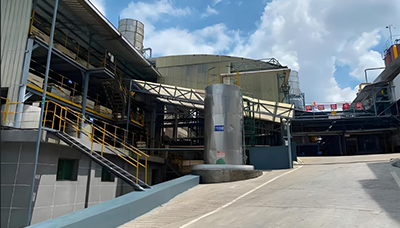
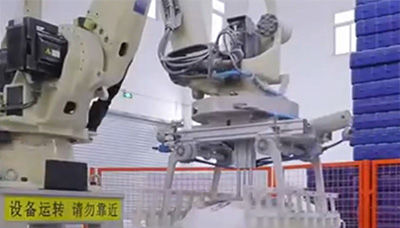
Innovative Technology
We pride ourselves on being the first fully automatic manufacturer of STPP in Guizhou. This cutting-edge technology not only increases our production efficiency but also guarantees the consistent quality and purity of our products, making us an industry leader.
Direct-from-Factory Sales Model
By operating under a direct-from-factory sales model, we can offer highly competitive prices without compromising quality. This structure enables us to provide cost-effective solutions while building strong, lasting relationships with our customers.
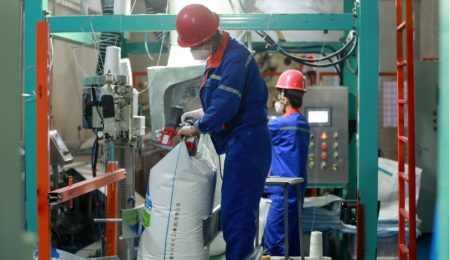
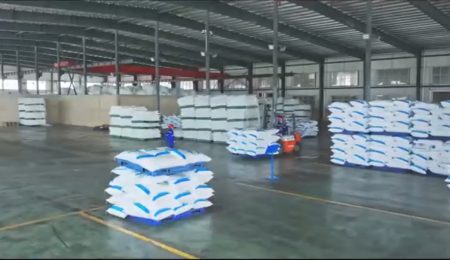
Commitment to Quality
As a National High-Tech Enterprise, we adhere to the strictest quality control measures to ensure that every batch of STPP is of the highest standard. Our products are essential in various industries, including detergents, water treatment, and chemical manufacturing, and our unwavering focus on quality makes us a trusted partner for businesses worldwide.
Frequently Asked Question
We offer a variety of shipping methods depending on your location and urgency. This includes sea freight, air freight, and land transport. For smaller orders, we may also offer express delivery services like DHL, FedEx, or UPS to ensure timely arrival.
The delivery time depends on the shipping method and your location. For sea freight, the usual delivery time ranges from 20 to 40 days, while air freight generally takes 5 to 7 days. Once we receive your order and confirm the shipping details, we will provide you with a more precise delivery estimate.
We have extensive experience in handling international shipments. We take care of all the necessary paperwork, including customs declarations and import/export documentation. We also offer assistance with customs clearance to ensure smooth and efficient delivery.
Yes, once your order is shipped, we will provide you with a tracking number and the relevant tracking details. You can monitor the progress of your shipment directly through the carrier’s website or by contacting our customer service team for assistance.
In the event of a delay, we will promptly inform you and work closely with the shipping provider to resolve the issue. We are committed to delivering your order on time and will do our best to ensure that any issues are handled quickly and efficiently.
Depending on the delivery location and shipping method, there may be additional fees such as customs duties, taxes, or handling fees. These fees are generally the responsibility of the buyer, but we will inform you of any such costs before shipping.
